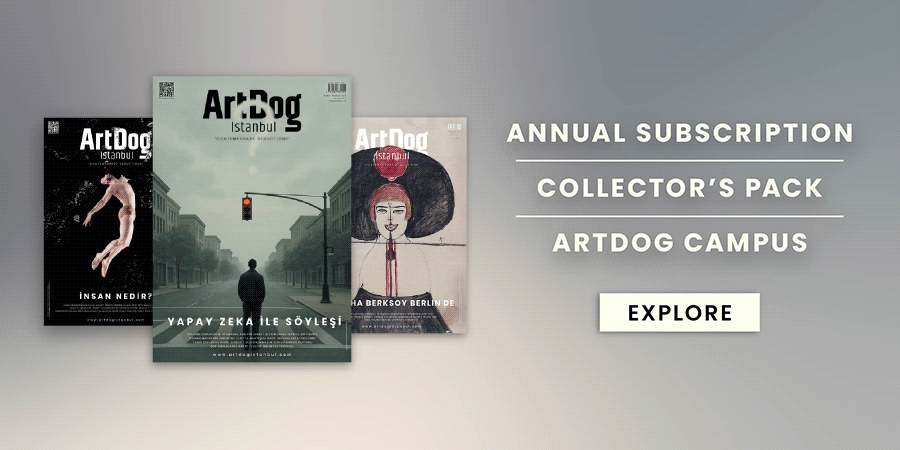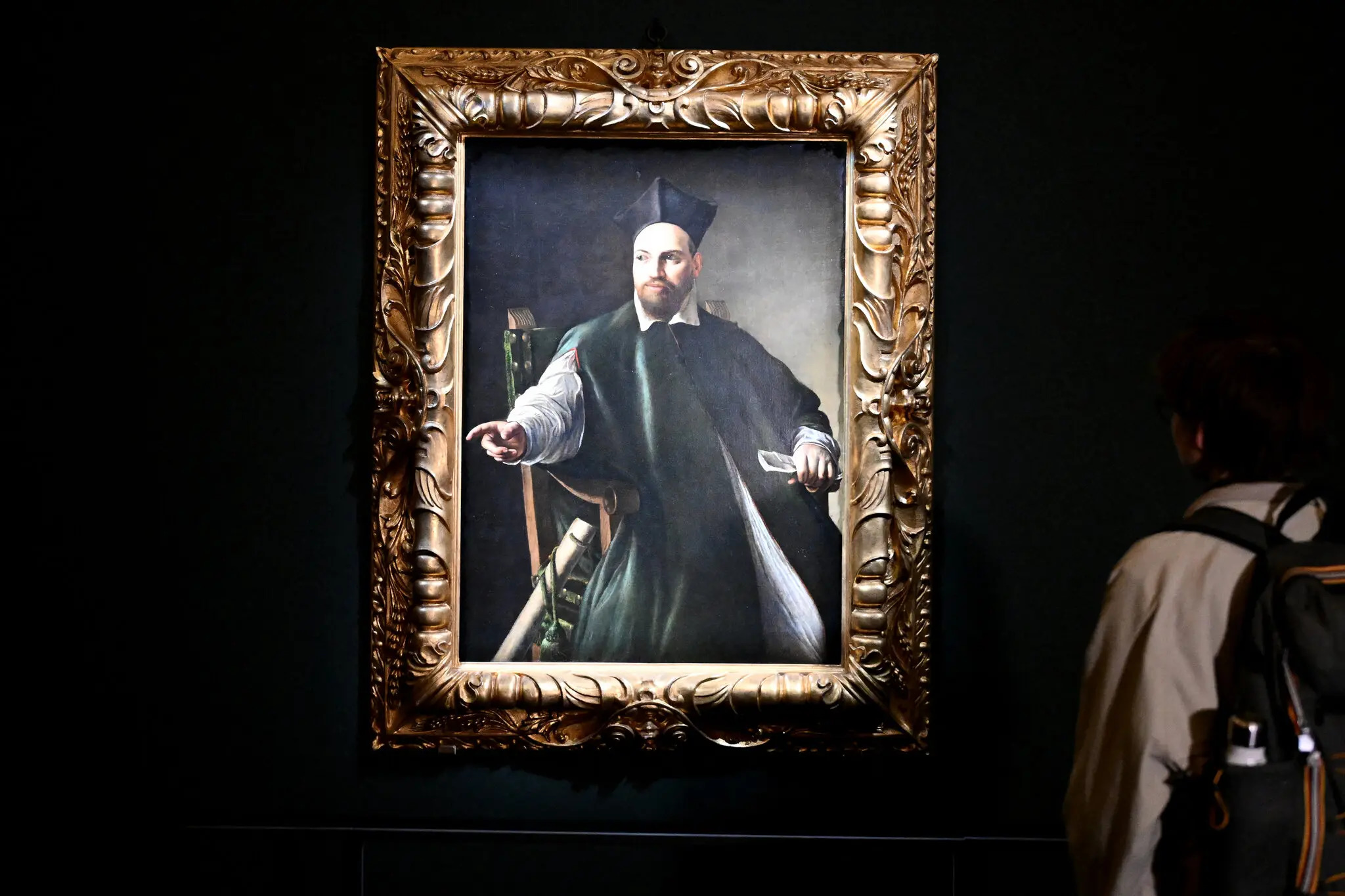Michelangelo Merisi, better known as Caravaggio, renowned for his mastery of chiaroscuro—a technique that brings dramatic lighting and lifelike realism to his subjects—led a turbulent life that ended in 1610 when he was in his late 30s.
Among his rare surviving portraits is a depiction of Monsignor Maffeo Barberini, who later became Pope Urban VIII, a significant patron of the arts in the 17th century. His papacy fostered the careers of notable figures like sculptor and architect Gian Lorenzo Bernini. This portrait was attributed to Caravaggio in 1963 but has remained out of public view ever since.
“For the first time, it will be displayed in a museum,” said Thomas Clement Salomon, Director of the National Galleries of Ancient Art, during a press event on Friday. “It has never been lent to an exhibition, making this a historic occasion.”
The portrait, painted around the turn of the 17th century, portrays the future pope seated, gesturing authoritatively with his right hand, a pose reflecting his commanding presence. Urban VIII would later ascend to the papacy in 1623.
The rarity of Caravaggio’s portraits adds to the significance of this unveiling. “Since the 1960s, only a few experts have had the privilege of seeing it in person,” said curator Paola Nicita. “Seeing it beyond photographs reveals its extraordinary quality and almost magnetic power.”
The artwork will be on display from November 23 to February 23, 2025, at Palazzo Barberini, a fitting venue given its deep ties to the Barberini family. Constructed during Urban VIII’s papacy by architects Bernini and Carlo Maderno, the palazzo remained in family ownership until after World War II and now serves as a prominent museum.
This exhibition offers a rare opportunity to witness a piece of Caravaggio’s legacy and gain insight into a pivotal figure of the Baroque era.







